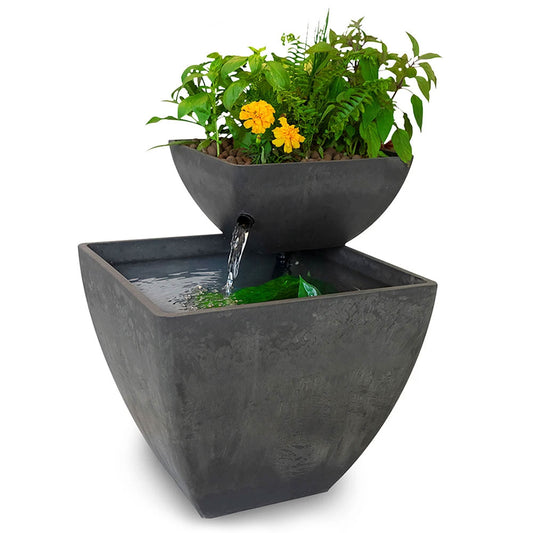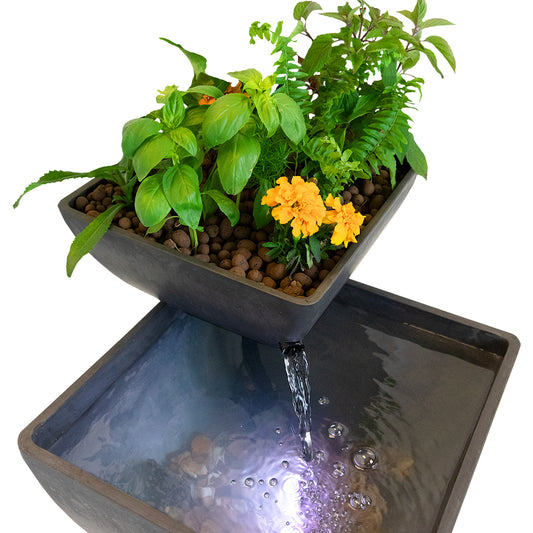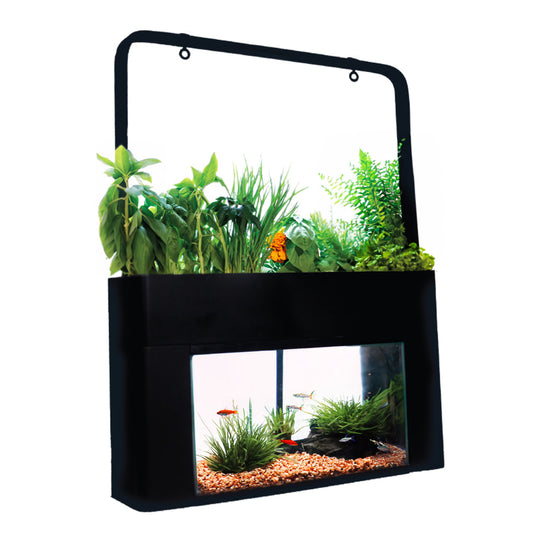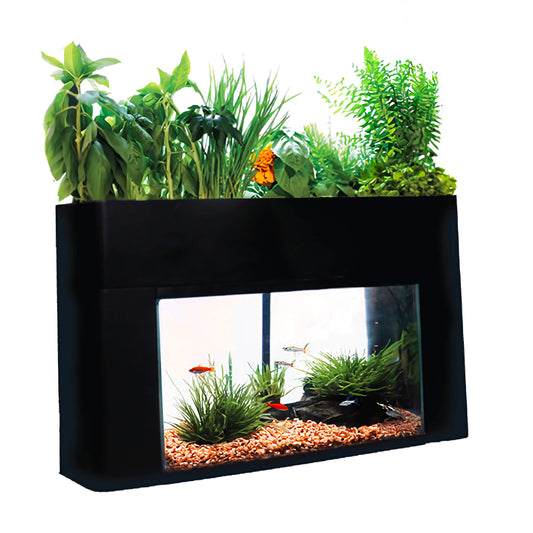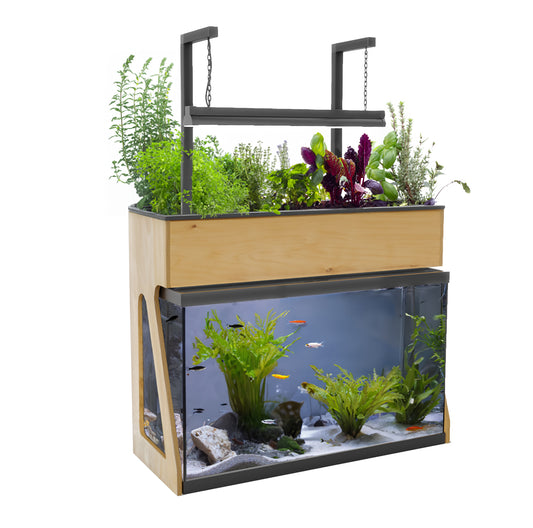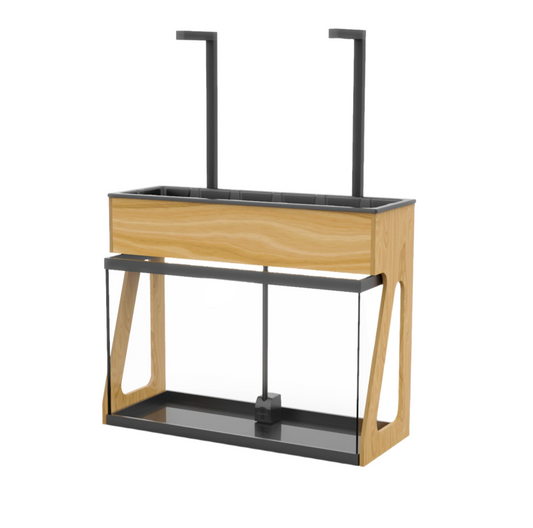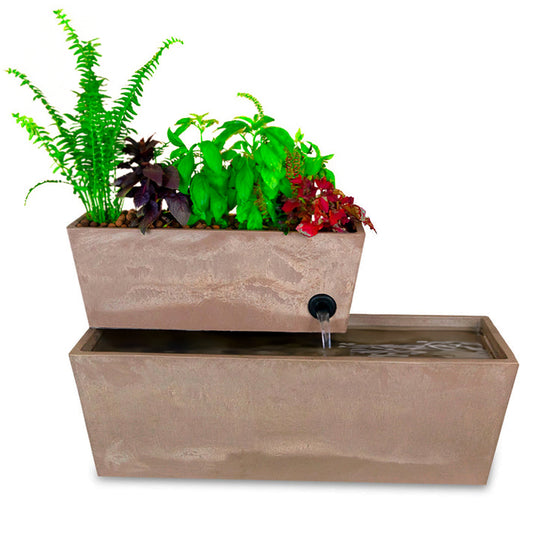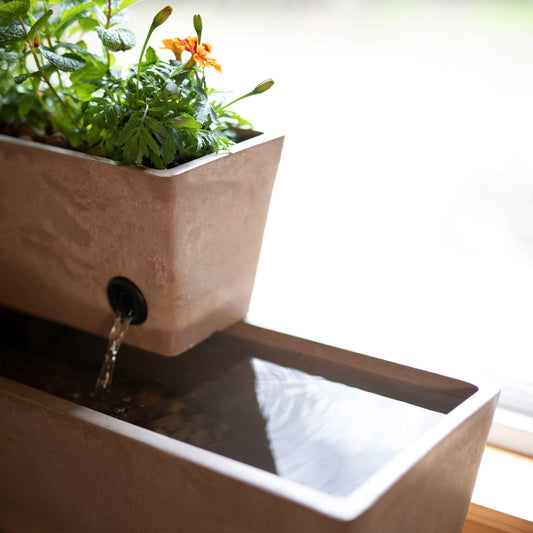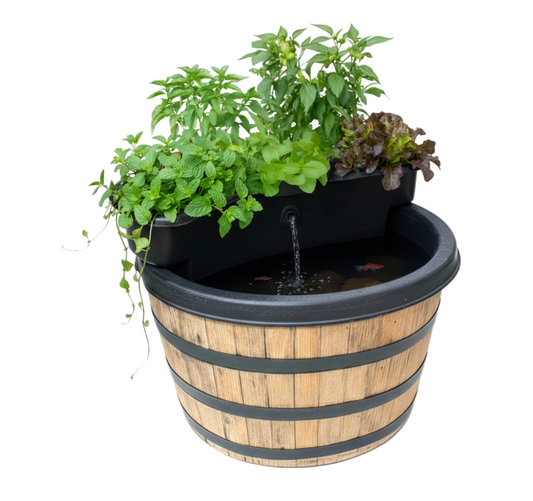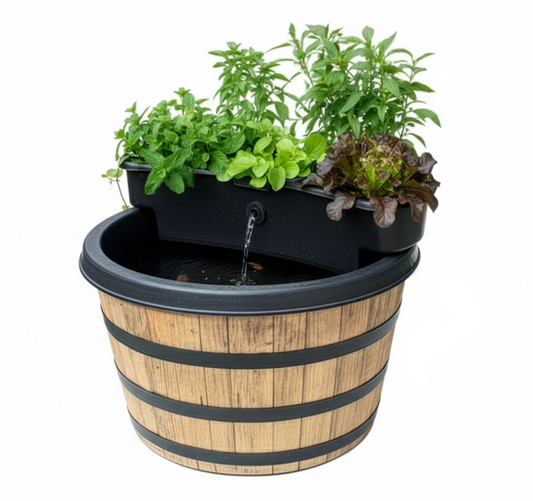Managing Plant Health in Aquaponics: Tips and Best Practices
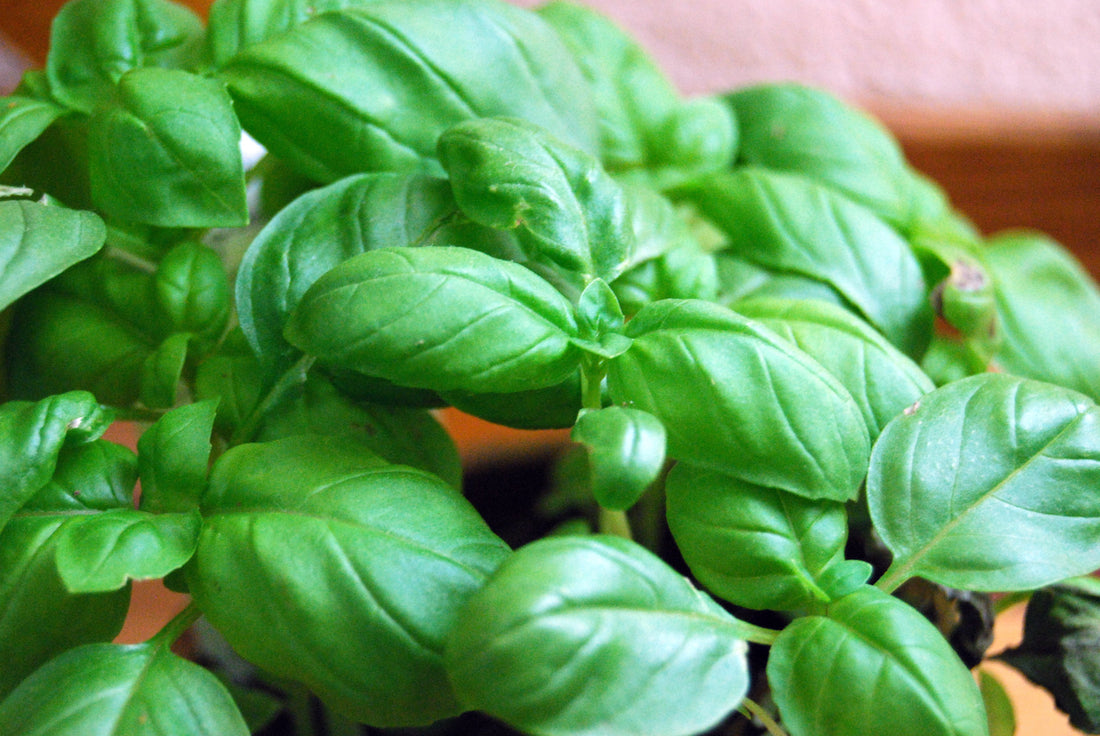
Aquaponics has emerged as a revolutionary approach to sustainable agriculture by combining aquaculture and hydroponics. This system relies on fish waste to provide essential nutrients for plants, creating a symbiotic relationship that yields fresh produce along with healthy fish. However, the success of an aquaponics system hinges on the health of both the aquatic and plant components. Here, we explore effective tips and best practices for managing plant health in aquaponics, ensuring that both plants and fish thrive.
Understanding Plant Health in Aquaponics
Healthy plants require more than just nutrient-rich water; they need optimal conditions, including light, temperature, and balanced pH levels. Furthermore, plants grown in aquaponics systems are especially sensitive to nutrient deficiencies and environmental fluctuations. Regular monitoring and proactive management of these factors are essential to preventing issues that can affect plant health and productivity.
1. Maintain Stable Water Quality
One of the foremost aspects to consider in an aquaponics system is water quality. Fish waste contributes nutrients, but if water conditions fluctuate significantly, it can lead to plant stress.
- pH Levels: Keeping water pH within the optimal range of 6.8 to 7.2 encourages nutrient availability for plants and reduces stress for fish. Ensure that pH levels are regularly tested, and make gradual adjustments if necessary. Sharp changes can harm both fish and plants.
- Nutrients: Monitor levels of ammonia, nitrites, and nitrates to maintain balance. High nitrate levels can indicate that plants are not absorbing nutrients effectively, while low levels may suggest overfeeding or insufficient plant growth.
2. Optimize Lighting Conditions
Adequate light is crucial for photosynthesis, so providing ideal lighting conditions should be a priority in aquaponics systems.
- Light Spectrum and Duration: Most plants require at least 12 hours of light daily. Understanding the specific light requirements of the plants you are growing can help you fine-tune this aspect. Full-spectrum LED grow lights are often recommended for optimal growth.
- Light Positioning: Position grow lights 6 to 12 inches above the plant canopy to ensure even light distribution while avoiding leaf burn. Adjust the height as plants grow to maintain proper distance.
3. Manage Nutrient Deficiencies
Even in aquaponics, certain nutrients must occasionally be supplemented, particularly when growing nutrient-demanding plants.
- Common Nutrient Deficiencies: Plants grown in aquaponic systems may require additional calcium, magnesium, and iron. Identifying deficiency symptoms, such as yellowing leaves or stunted growth, is critical to timely intervention.
- Supplementation: Nutrient supplements designed for aquaponics can be effective. Use fish-safe products to avoid harming the aquatic life in your system. Consider products like “CalMag” to provide essential micronutrients.
4. Implement Pest Control Strategies
Pest management in aquaponics can be challenging since many conventional pesticides can be harmful to fish.
- Prevention: The best strategy is to prevent pests from entering the system in the first place. Ensure that all plants are thoroughly checked for pests before adding them to your aquaponics setup. Regularly inspect plants for signs of distress.
- Natural Remedies: If pests do appear, consider eco-friendly treatment options. Herbal solutions such as neem oil or insecticidal soap can be applied carefully to affected plants while minimizing exposure to the water in the system.
- Beneficial Insects: Introducing beneficial insects like ladybugs can help control pests naturally, providing a biological approach to maintaining plant health.
5. Rotate Plants and Diversify Crops
Plant rotation and diversity are essential principles that can significantly improve plant health and yield.
- Crop Rotation: Change the types of plants grown in your system periodically. This practice helps prevent disease buildup and nutrient depletion associated with continuously growing the same crops. Rotate crops with different nutrient demands and growth habits to optimize the use of resources in the system.
- Diversity: Growing a variety of plants not only guards against pests and diseases but can also improve fish health by creating a more balanced ecosystem. Certain plants can repel pests or create microclimates, enhancing conditions for other plants.
6. Regular Maintenance and Monitoring
Routine maintenance plays a vital role in the health of an aquaponics system.
- Check Components: Regularly inspect all system components—pumps, filters, and grow beds—to ensure they are functioning correctly. Clean any obstructed filters and replace worn parts to prevent system failures.
- Routine Testing: Schedule monthly water quality tests to monitor pH, nitrate, and ammonium levels, adjusting feeding schedules and making water changes as necessary. Regular testing helps catch imbalances early before they affect plant and fish health.
Conclusion
Successfully managing plant health in aquaponics requires a careful balance of many factors, including water quality, light, nutrients, pest control, and regular monitoring. By implementing these best practices, aquaponic gardeners can foster a thriving ecosystem that supports flourishing plants and healthy fish. The intricate interplay between aquatic life and plant health creates a sustainable environment that can yield nutritious food year-round. Stay attentive to your system, continually educate yourself, and adapt your practices for optimal results in aquaponic farming.

